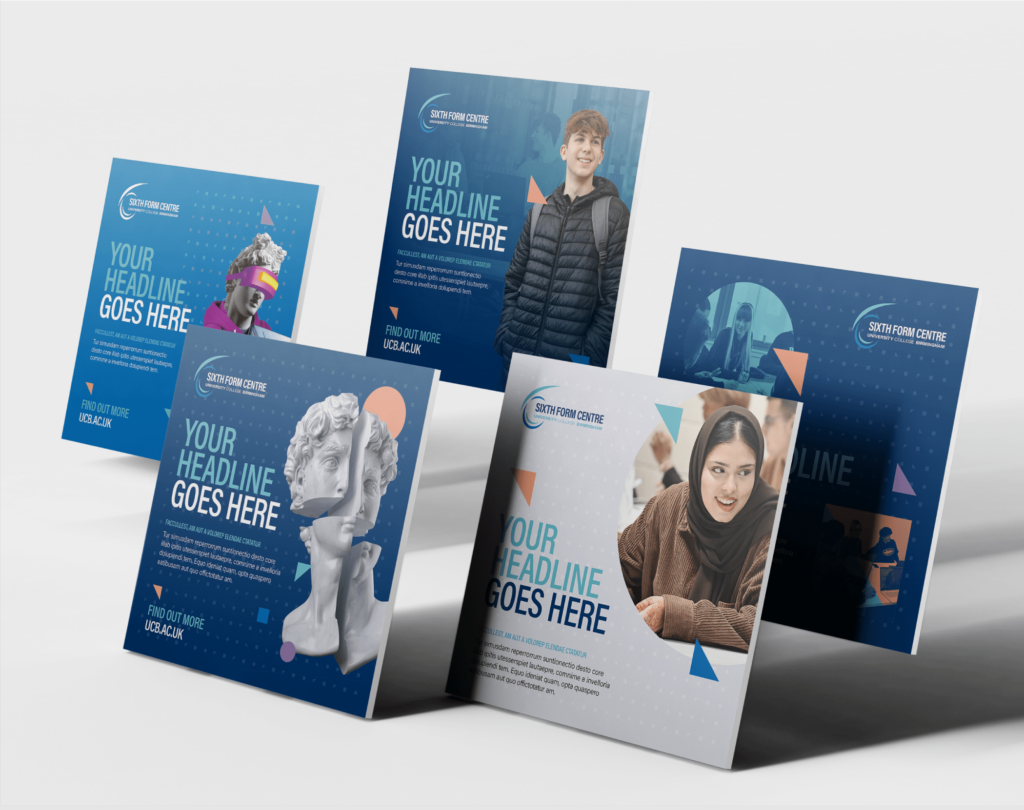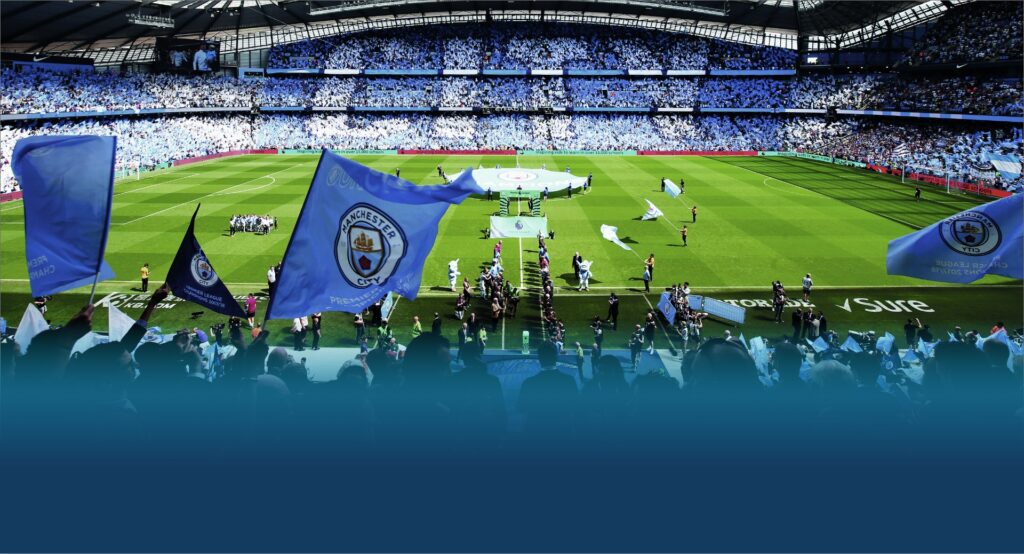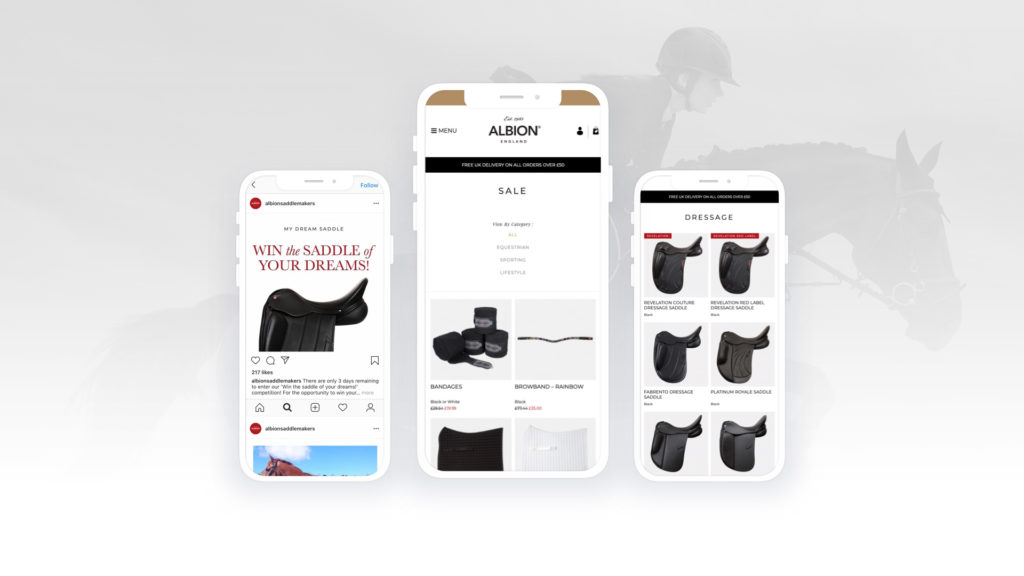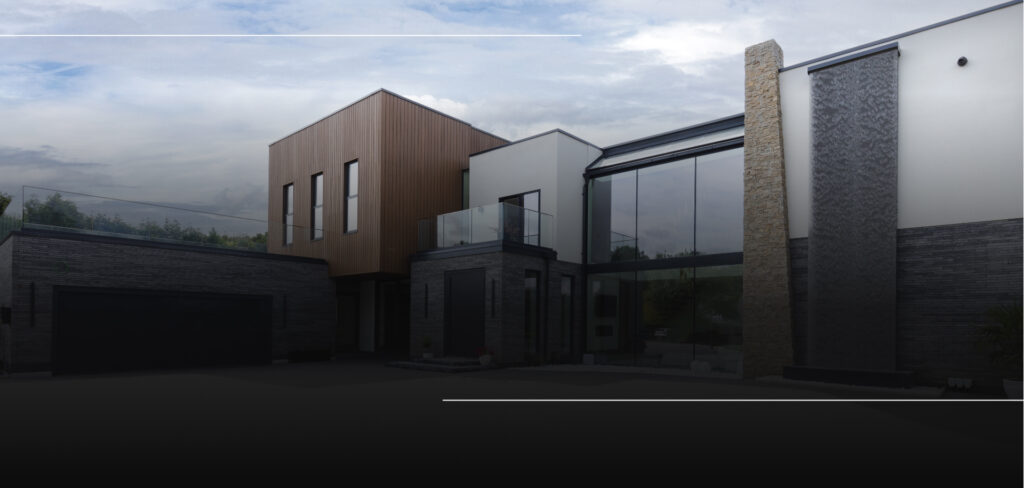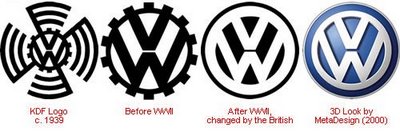The Origins of Volkswagen
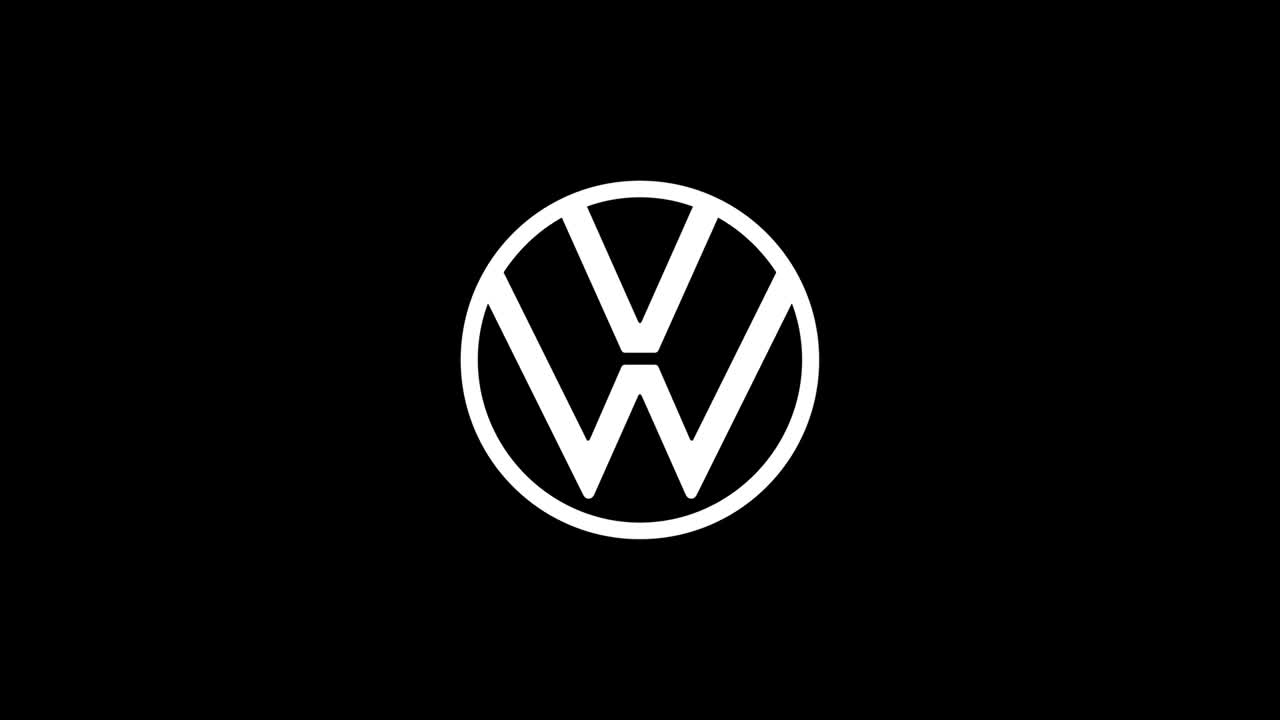
The origin of Volkswagen dates to around 1933.
Before the rise of Hitler, the German economy was struggling, and as a result, many people could not afford to buy cars.
In response to this, Hitler came up with the idea of producing an inexpensive car accessible to the general public, which led to the birth of Volkswagen, meaning ‘people’s car’ in German.
In 1934, Hitler met with Ferdinand Porsche to design the car to his requested specifications, which Porsche promised to deliver.
They then went on to design the Volkswagen car in 1937, and the following year, Hitler opened a state-funded Volkswagen factory. It was also at this time that the first logo was designed by a Porsche employee, Franz Xavier Reimspeiss, in an office logo design competition.
The factory was supposed to produce commercial cars. However, the focus quickly turned to military cars, intending to use the vehicles for military purposes, carrying three men and a machine gun.
THE BRITISH IMPACT ON THE VOLKSWAGEN BRAND
At the end of World War II, the British Military Government took on the responsibility for the Volkswagen plant after it was confiscated following Control Council Act No. 52.
It was at this point that the car was renamed the Beetle. The production was seen as the dawn of a new era, one filled with hope in the times that followed the war.
However, the design was unpopular, and British manufacturers declined the opportunity to take control of the factory, which led to the factory being returned to the German government.
After WWII they removed the design around the circle due to its likeness to the Nazi flag. It was refined to look smoother and brighter, to reflect the move towards a better future.
POST-WAR – A FOCUS ON TRUST
Volkswagen first introduced the blue aspect to its branding and logo in the 1960s as a symbol of class, superiority, and trustworthiness. They experimented with multiple shades over the next thirty years.
In 2000, the car manufacturer settled on the azure gradient, which remains a key branding feature today. It formed part of a new vision for the millennium, representing the company’s ability to adapt to change.
Since then, we have only seen one development in their branding. This came in 2010 when the logo became entirely 3D-based to bring the company up to date with the digital age and become a more dynamic brand.
ENHANCE YOUR BRAND WITH THE HELP OF THE CREATIVE EXPERTS AT EDGE
At our fully integrated marketing agency in Birmingham, we’ve built up a strong reputation for helping organisations create a brand identity that their audience can connect with.
We keep up to date with all the latest industry trends and developments, including monitoring branding updates from household names around the globe. This knowledge is then applied to our work, helping to develop a unique, relatable and memorable identity for our clients.
Read what our experts learnt about the brand evolution of other household names such as Pepsi and Canon. Alternatively, you can discover the key considerations when creating or redesigning a logo.
If you are considering refreshing your branding or logo, speak to one of our specialists today. We currently have a special limited-time offer where you can get a free brand audit for your business worth £750.



